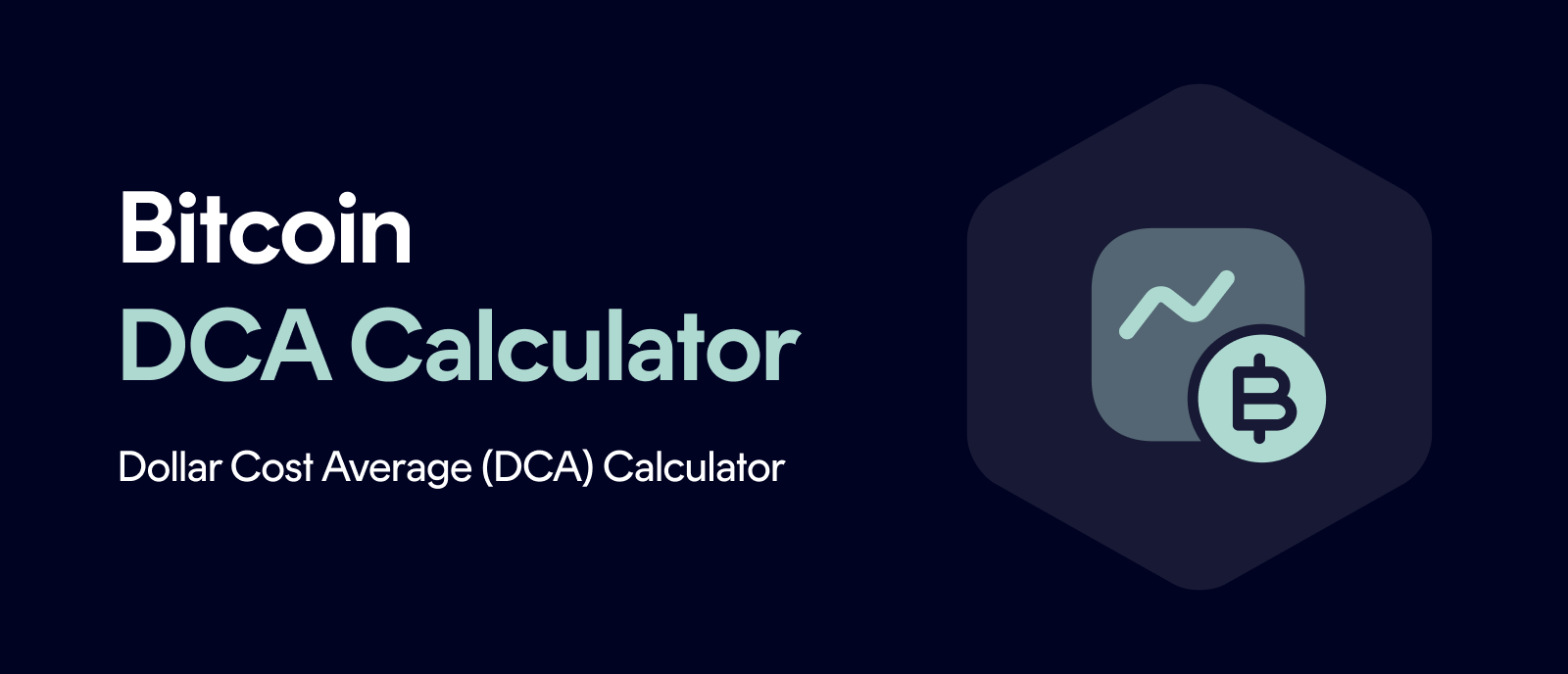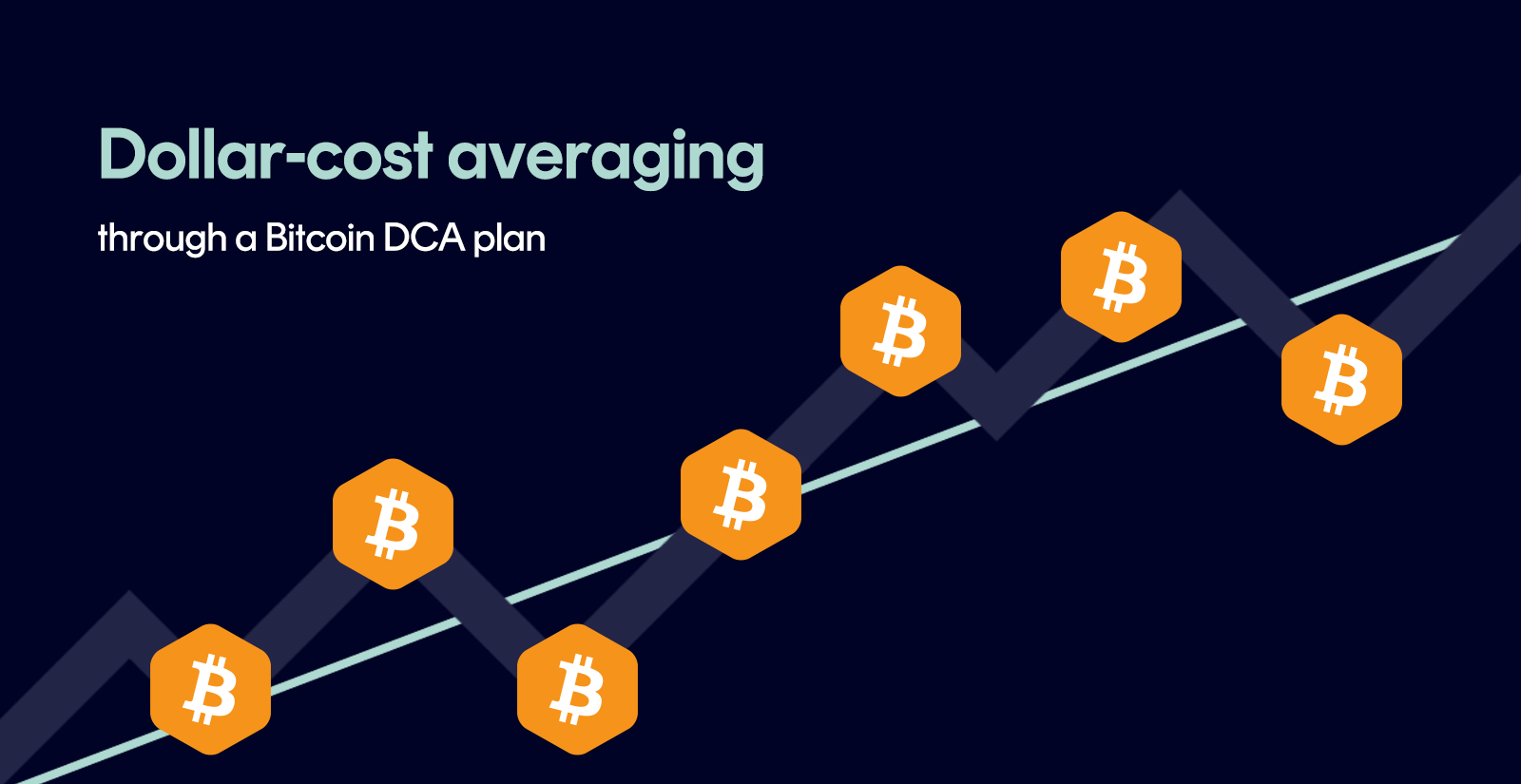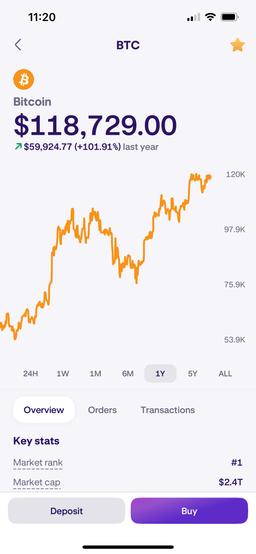How our Bitcoin DCA calculator works
Our interactive Bitcoin DCA calculator lets you simulate different investment strategies based on historical Bitcoin performance. Unlike conventional calculators, our tool includes:
Historical data since 2013
Realistic results based on actual Bitcoin pricesFlexible investment intervals
Choose between daily, weekly, monthly, or quarterly contributionsCustom investment amounts
From small contributions to large investmentsDynamic time range selection
Analyze different market cycles and their impact
All data is sourced from coingecko.com. Prices are updated automatically every 15 minutes to ensure relevant and accurate results.

How to use the Bitcoin calculator effectively
Set your investment amount: Decide how much you want to invest regularly
Choose your interval: Pick how often you want to invest
Select your time range: Explore different historical periods
Analyze your results: See how your plan would have performed. Remember: Past performance is no guarantee of future results.
Is a Bitcoin DCA plan worth it?
A Bitcoin DCA (Dollar-Cost Averaging) strategy can be a smart choice for long-term investors who want to benefit from price volatility over time. By spreading your purchases across different price levels, you reduce the risk of bad timing.
That said, Bitcoin remains highly volatile and past gains don’t guarantee future profits. A DCA strategy only makes sense if you’re comfortable with taking risks and have a long-term investment horizon.
How the dollar-cost averaging (DCA) effect works
Let’s say you invest $100 in Bitcoin every month – regardless of the price:
Month 1: BTC is $20,000 → You receive 0.005 BTC
Month 2: BTC drops to $10,000 → You receive 0.01 BTC
Month 3: BTC rises to $25,000 → You receive 0.004 BTC
You’ve invested a total of $300 and now hold 0.019 BTC. Your average purchase price per Bitcoin is $15,789 (calculated as $300 ÷ 0.019 BTC), even though the average market price during this period was $18,333.

Why dollar-cost averaging works
The DCA effect happens because you automatically buy more Bitcoin when prices are low and less when they’re high. Think of it like shopping: when your favorite product is on sale, you buy more of it — when it’s expensive, you buy less. Over time, this reduces your average entry price.
The big advantage: You don’t need to guess the “perfect” entry point — something even pros struggle with. Instead, you turn Bitcoin’s volatility into your ally. While lump-sum investors often get swayed by FOMO or panic, you stick to your plan and consistently benefit from price swings.
This strategy helps you minimize the risk of poor timing and smooth out Bitcoin’s extreme volatility — all without constantly analyzing the market or chasing the “right moment.”
Benefits of a Bitcoin DCA plan
Reduced timing risk: You avoid buying all at once at a potentially bad time
Disciplined investing: Automated contributions help you stay consistent
Emotion-free investing: Less fear, FOMO, and market anxiety
Flexible: Adjust your plan anytime to match your financial situation
Beginner-friendly: Even small amounts are enough to get started
Long-term potential: A 2024 survey by Kraken showed that 83.53% of crypto investors use DCA — and 59% even consider it their primary investment strategy
Risks of a Bitcoin DCA plan
High volatility: Bitcoin can fluctuate wildly despite the smoothing effect
Regulatory uncertainty: Legal frameworks may change in your country
Technology risks: Secure storage of your crypto is crucial
Extra fees: Frequent purchases can lead to higher transaction costs.
How to interpret your calculator results
Different market phases matter: Bitcoin moves in cycles. The time range you choose greatly impacts your results. Try different periods to get a more complete picture.
Balance return and risk: High returns often come with big drawdowns. Use the maximum drawdown chart to understand historical volatility.
Think long-term: History shows that longer holding periods have usually led to positive outcomes. Don’t let short-term dips cloud your judgment.
Account for real-world fees: Our calculator uses raw price data. In reality, trading and management fees will reduce your return.



